OnePlus has been riding high with the global launch of their latest flagship, but US customers have been left waiting at the digital doorstep. What started as a routine regulatory approval process turned into an unexpected bottleneck—one that had nothing to do with the device itself, but everything to do with Washington politics. The frustration for consumers is understandable: when delays stem from bureaucratic gridlock rather than product issues, it feels particularly maddening.
The good news? The OnePlus 15 has finally cleared its biggest hurdle to reaching American consumers. Recent developments show the device has successfully navigated the Federal Communications Commission approval process, with the FCC issuing certification for a OnePlus device carrying the identifier CPH2749. This regulatory milestone doesn't just check a box—it unlocks OnePlus's ability to finalize distribution partnerships, launch marketing campaigns, and coordinate with major carriers who've been waiting in the wings.
What caused the initial US launch delays?
Here's where things get interesting (and a bit frustrating for OnePlus fans). The OnePlus 15's delayed arrival in the US wasn't due to any technical shortcomings—it was caught in the aftermath of something completely outside the company's control. A 42-day federal government shutdown created significant certification bottlenecks at the FCC, preventing the agency from processing device approvals in a timely manner.
The timing couldn't have been worse. Android Central explains that the shutdown ended just one day before the OnePlus 15's global launch, leaving insufficient time for regulatory approval. You might be wondering why this matters so much—well, every smartphone launching in the US must receive FCC approval before consumer sales can begin. No exceptions, no workarounds.
What makes this particularly unfair is that OnePlus had actually done everything right on their end. The company had already completed all necessary testing through FCC-recognized laboratories and formally submitted their certification application, as confirmed by Android Central. This meant OnePlus was positioned ahead of competitors who might have been caught off-guard by the shutdown—they'd completed the hard work months in advance, only to be stalled by the FCC working through a massive backlog accumulated during the shutdown period.
Breaking down the FCC certification breakthrough
The recent approval represents more than just bureaucratic box-ticking—it's the regulatory foundation that enables everything from carrier partnerships to retail distribution. Android Authority reports that the certification covers a device with model identifier CPH2749, which industry observers expect to be one of the OnePlus 15's official model designations. This approval effectively gives OnePlus the green light to move forward with coordinated launch strategies across multiple sales channels.
Let's break down what this certification process actually validates. The FCC doesn't just rubber-stamp applications—they verify that devices meet US standards for electromagnetic interference, radio frequency emissions, and other technical requirements that ensure they won't disrupt everything from air traffic control systems to medical devices. Think of it as a comprehensive safety and compatibility audit that protects the broader electronic infrastructure.
The key insight here is how the shutdown specifically disrupted this final approval stage, even when all the technical validation was complete. OnePlus had already finished all required testing through FCC-recognized laboratories and formally submitted their certification application, meaning the device had passed every technical hurdle months ago. PhoneArena notes that with the government shutdown now resolved, this final approval happened relatively quickly—demonstrating that the only barrier was administrative capacity, not technical compliance.
What makes the OnePlus 15 worth the wait?
Bottom line: the OnePlus 15 brings some genuinely impressive hardware upgrades that justify the anticipation, and the extended timeline has only allowed the company to fine-tune their US market strategy. The standout feature is undoubtedly the massive battery capacity—the device packs a 7,300mAh silicon-carbon battery, representing a significant jump from the OnePlus 13's 6,000mAh capacity. That's not just a minor bump; we're talking about what The Verge describes as potentially the best battery life available in the US market.
What's really clever about this battery is the silicon-carbon technology. Without getting too deep into the technical weeds, this advanced chemistry allows for much higher energy density while maintaining safety and charging speed. In practical terms, you're looking at a device that can easily handle two full days of heavy usage—a significant advantage for users who've grown tired of daily charging routines.
Performance-wise, the device leverages this extended development time to deliver a more polished experience. The OnePlus 15 runs on Qualcomm's latest Snapdragon 8 Elite processor with up to 16GB LPDDR5X RAM, ensuring flagship-level performance across all applications. The display continues this premium approach, featuring a 6.78-inch 1.5K AMOLED panel with 165Hz refresh rate and 1,800 nits peak brightness that handles everything from gaming to outdoor visibility with impressive clarity.
Camera enthusiasts will appreciate the triple 50MP setup covering main, telephoto, and ultrawide lenses. This versatile configuration handles everything from detailed close-ups to expansive landscape shots, making it a solid choice for content creators and photography hobbyists who need reliable performance across different shooting scenarios.
US pricing and what comes next
OnePlus has already announced their US pricing structure, demonstrating their commitment to competing aggressively in the American market despite the regulatory delays. The base model with 12GB RAM and 256GB storage will retail for $899, positioning it competitively against other flagship devices. Higher-end configurations with 16GB RAM and 512GB storage are expected to cost $999, though pricing remains subject to market conditions.
The international success story provides strong indicators for US market reception. OnePlus has executed successful launches in India and Canada, demonstrating robust global demand for their latest flagship. The Canadian market, in particular, serves as a useful bellwether for US consumer preferences given similar price sensitivities and carrier relationships—and the positive reception there suggests American consumers will respond favorably to the device's value proposition.
For interested US customers, there's actually something productive you can do right now while waiting for official availability. You can register on OnePlus.com/us to receive availability notifications, ensuring you'll be among the first to purchase when sales officially begin. The regulatory approval now enables OnePlus to finalize the remaining logistics—distribution partnerships, inventory allocation, and coordinated marketing campaigns—that will define the official launch experience.
The regulatory hurdle opens new opportunities
The FCC certification represents the resolution of what was fundamentally a timing issue rather than any product deficiency, but it also positions OnePlus strategically for broader market expansion. Android Authority confirms that this approval puts OnePlus in a secure position to finally bring the device to US consumers, but more importantly, it validates their approach to regulatory compliance for future device launches.
The thorough preparation OnePlus demonstrated—completing all necessary technical requirements and testing protocols well in advance of the intended launch date—establishes a regulatory framework that will benefit their entire 2025 product pipeline. This wasn't a case of cutting corners or rushing to market; the company had invested in comprehensive compliance months ahead of schedule.
Looking ahead, this regulatory groundwork creates efficiency opportunities for OnePlus's expanding device portfolio. The OnePlus 15R, with an official launch scheduled for December 17, promises to be the world's first phone featuring a Snapdragon 8 Gen 5 (non-Elite) chip. The regulatory pathways established for the OnePlus 15 likely streamline the certification process for this follow-up device, potentially enabling faster time-to-market and more coordinated launch strategies.
The regulatory approval for the OnePlus 15 demonstrates OnePlus's commitment to navigating complex compliance landscapes while delivering compelling hardware that competes directly with established flagship devices. Rather than viewing the delay as a setback, the company has used this time to strengthen their US market position, setting the stage for what could be their most successful American launch to date.





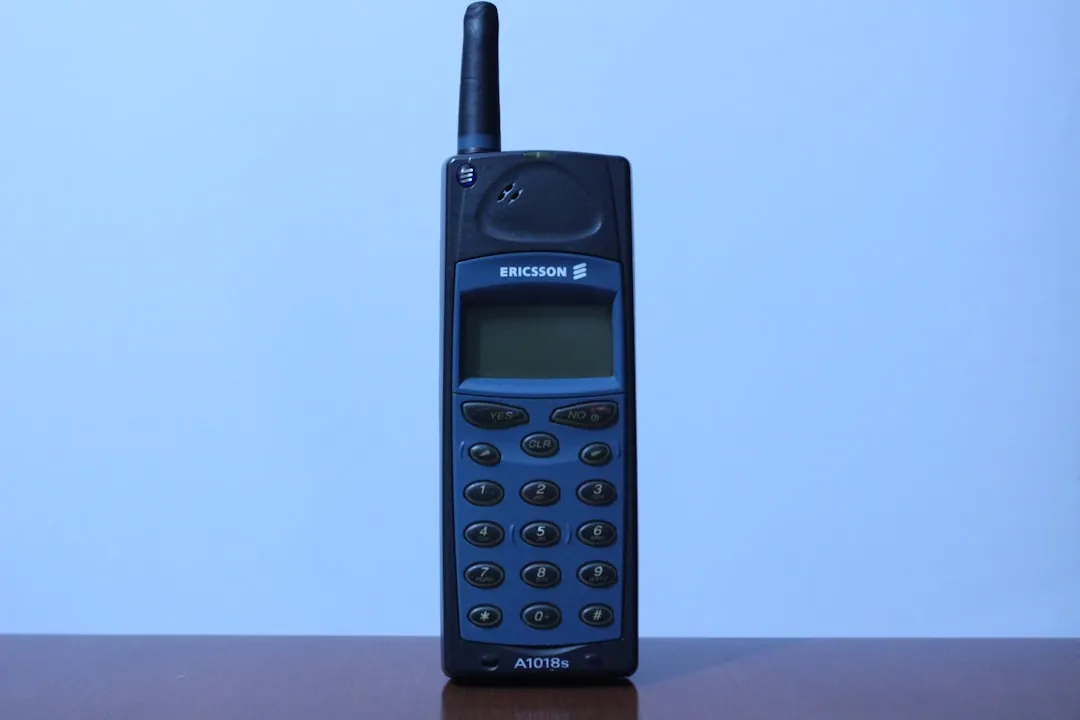
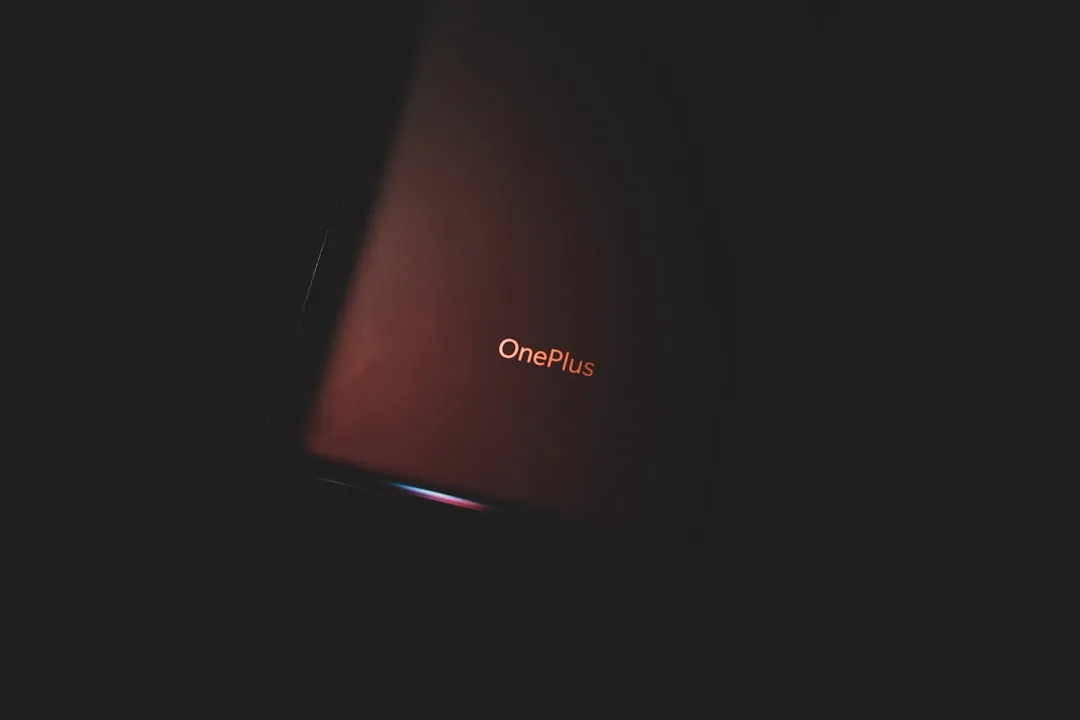
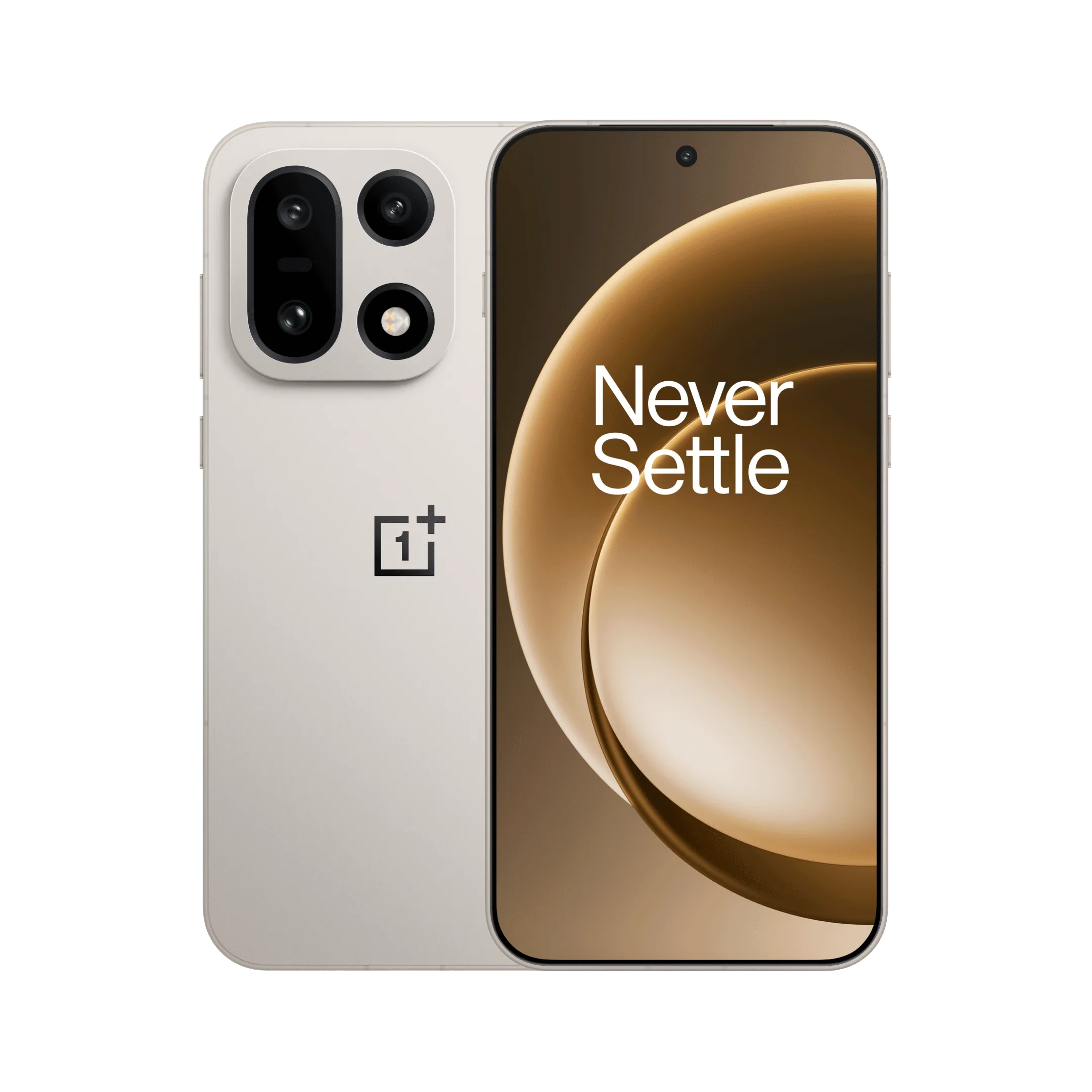

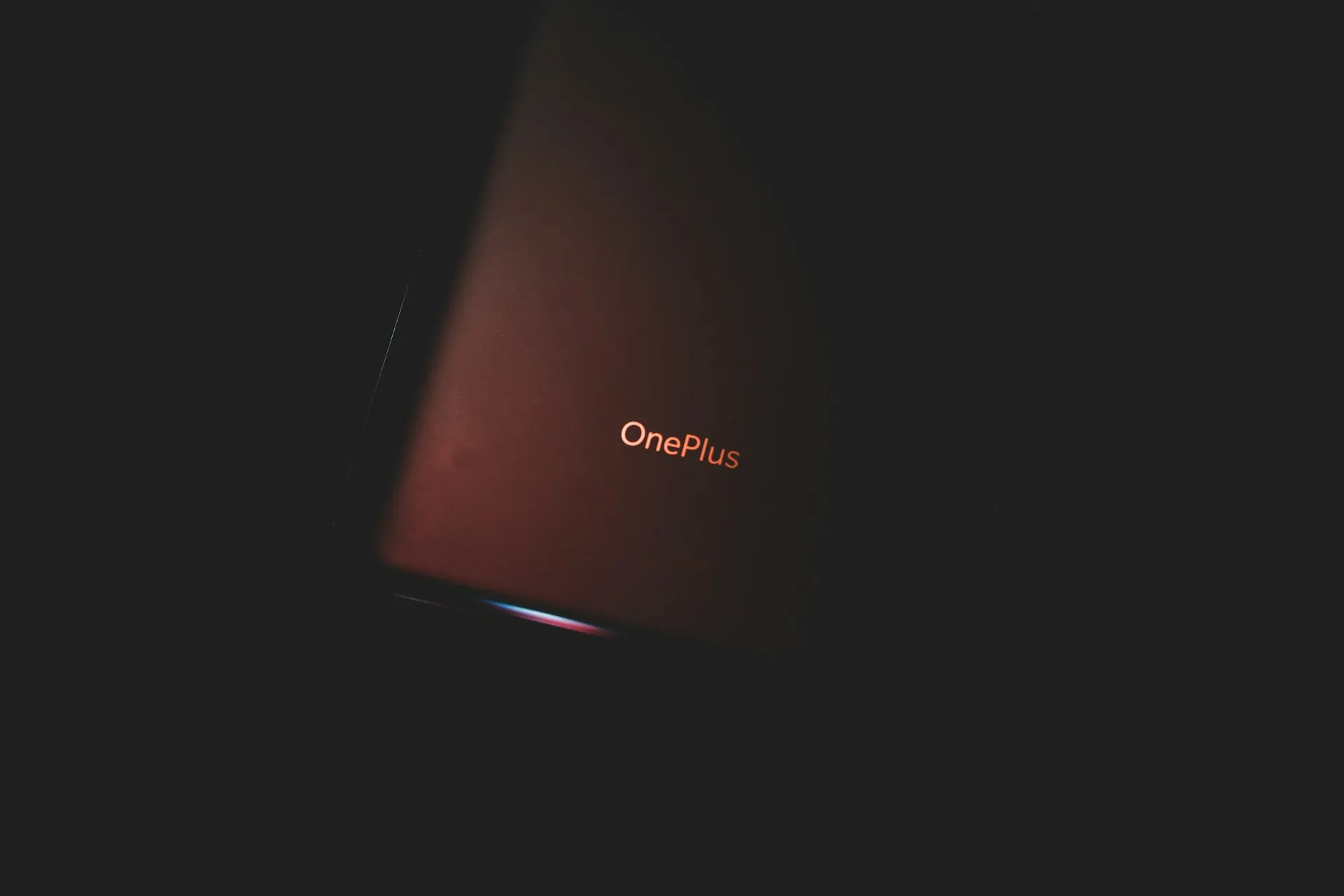
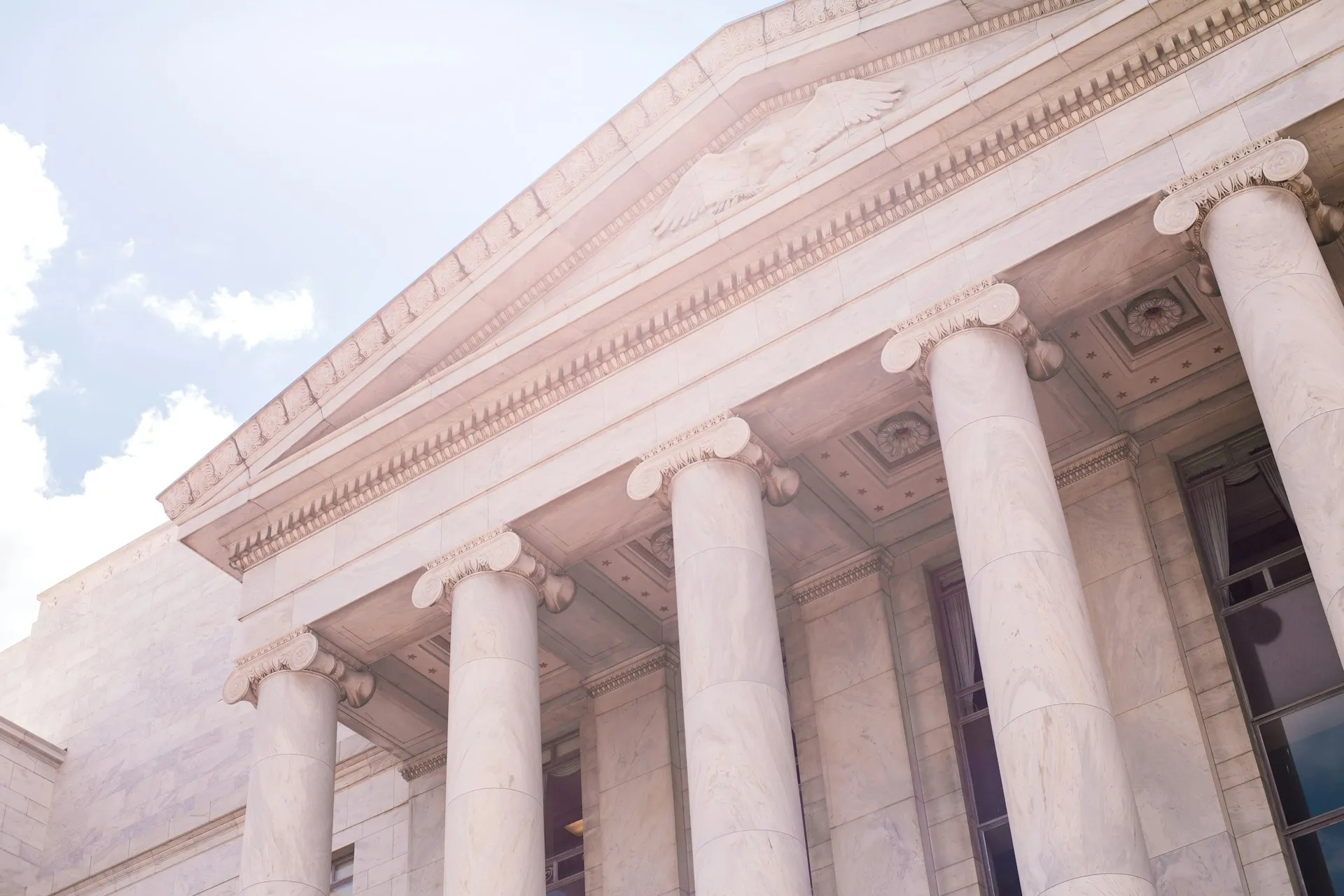
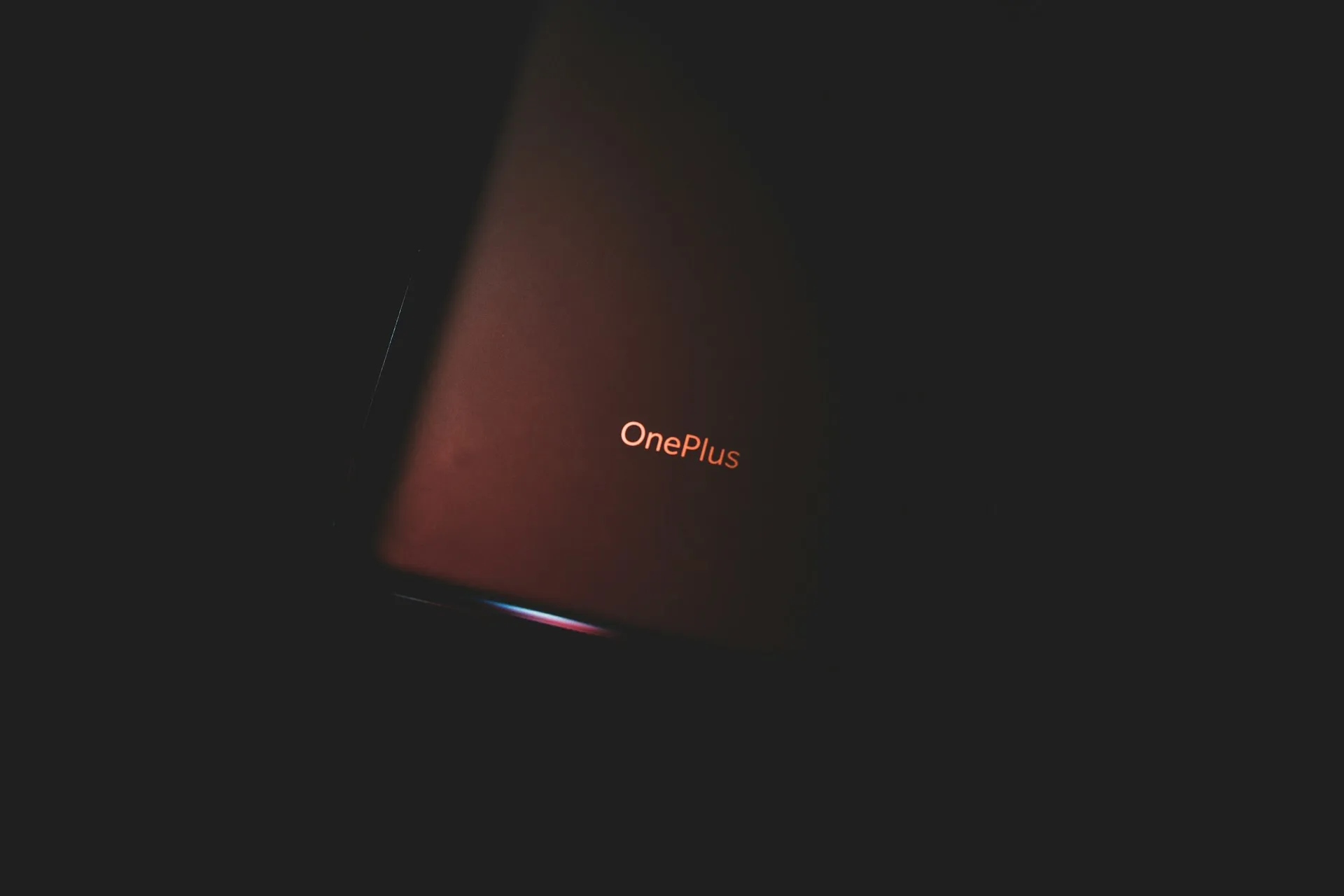
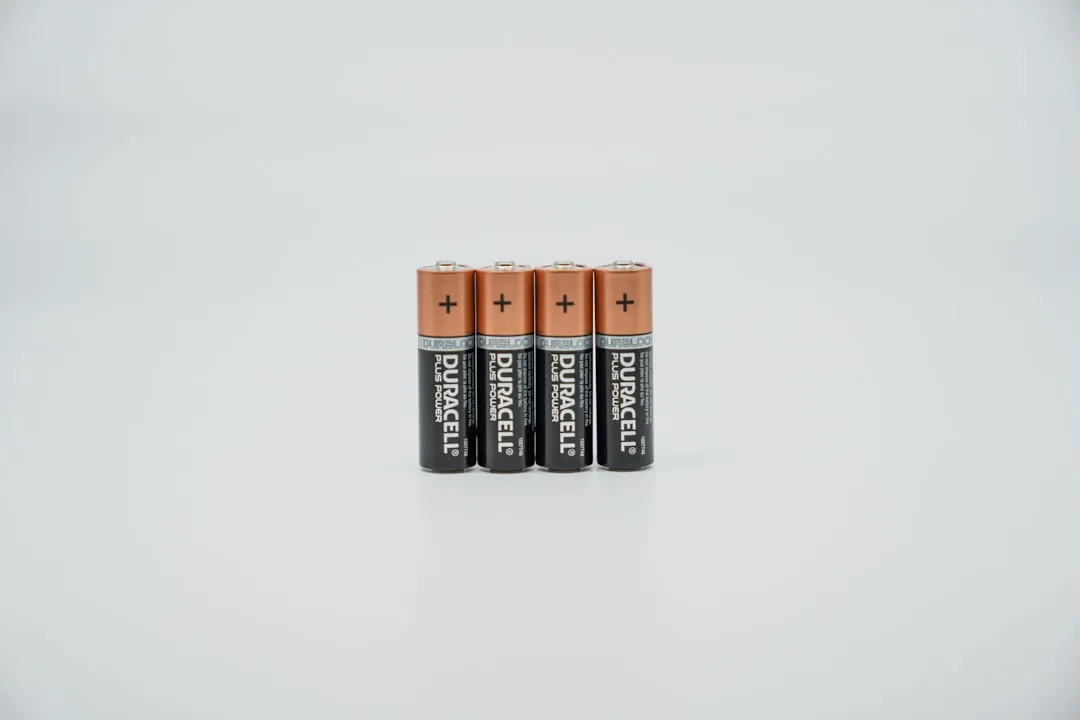

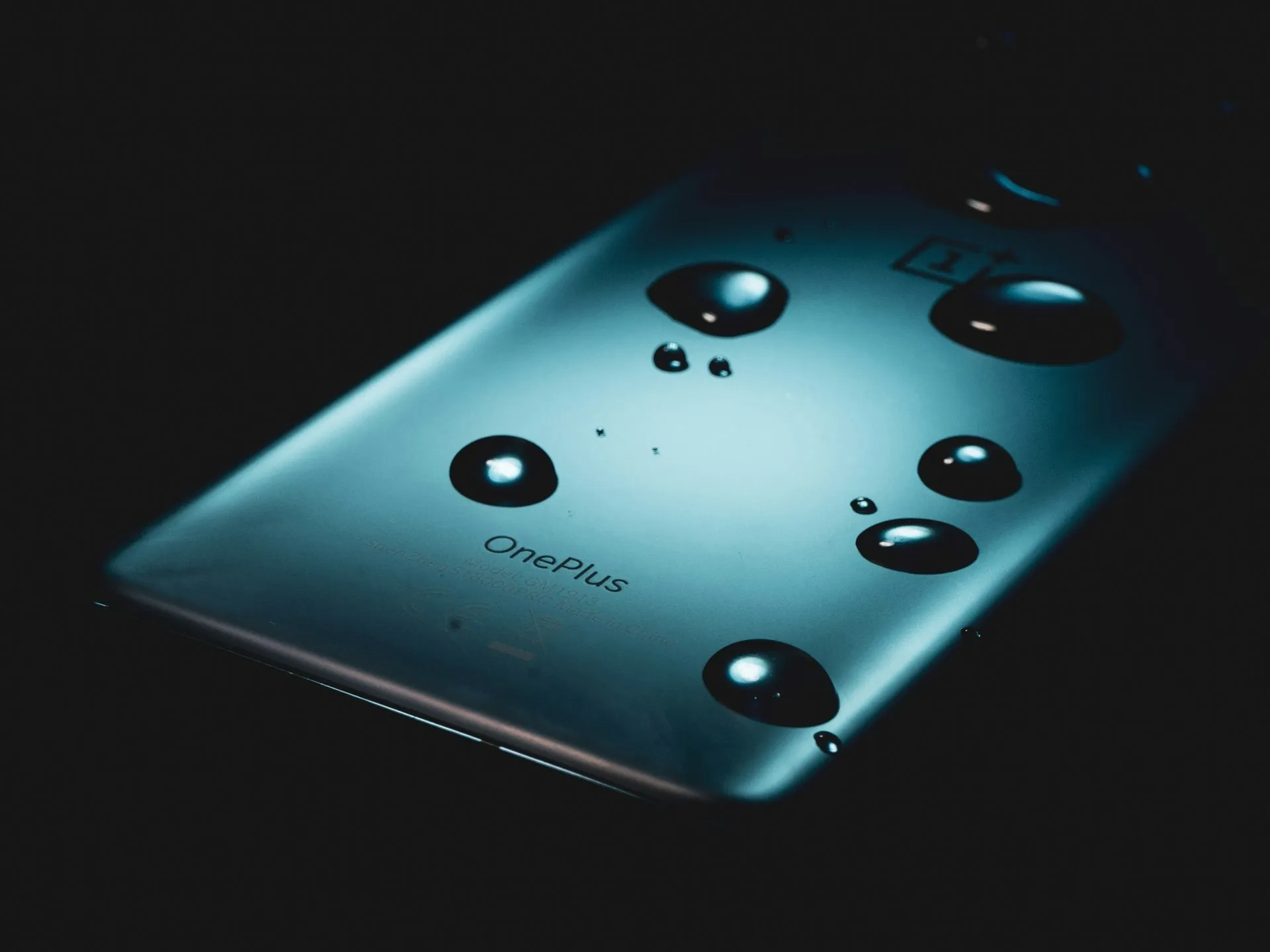
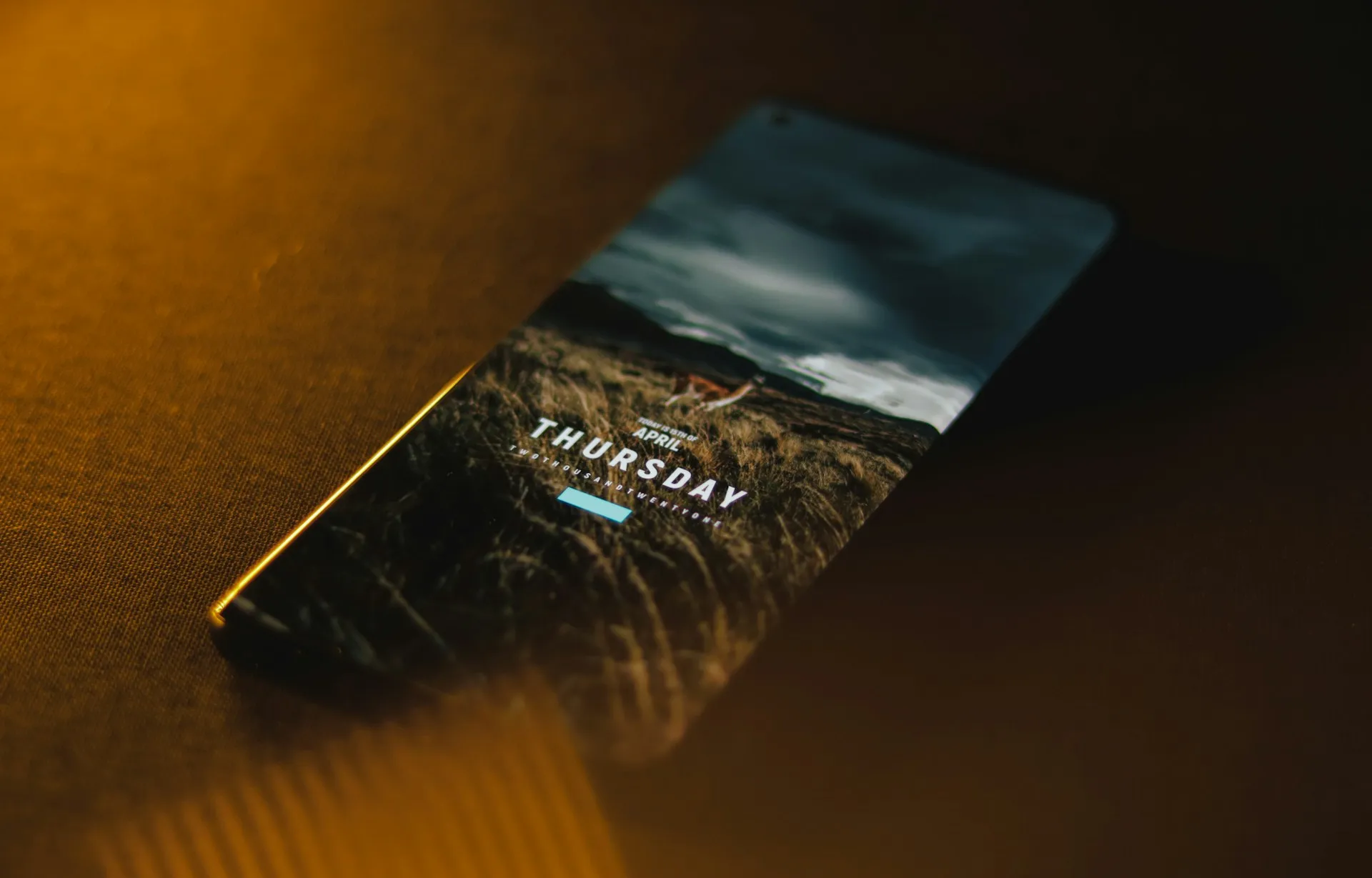

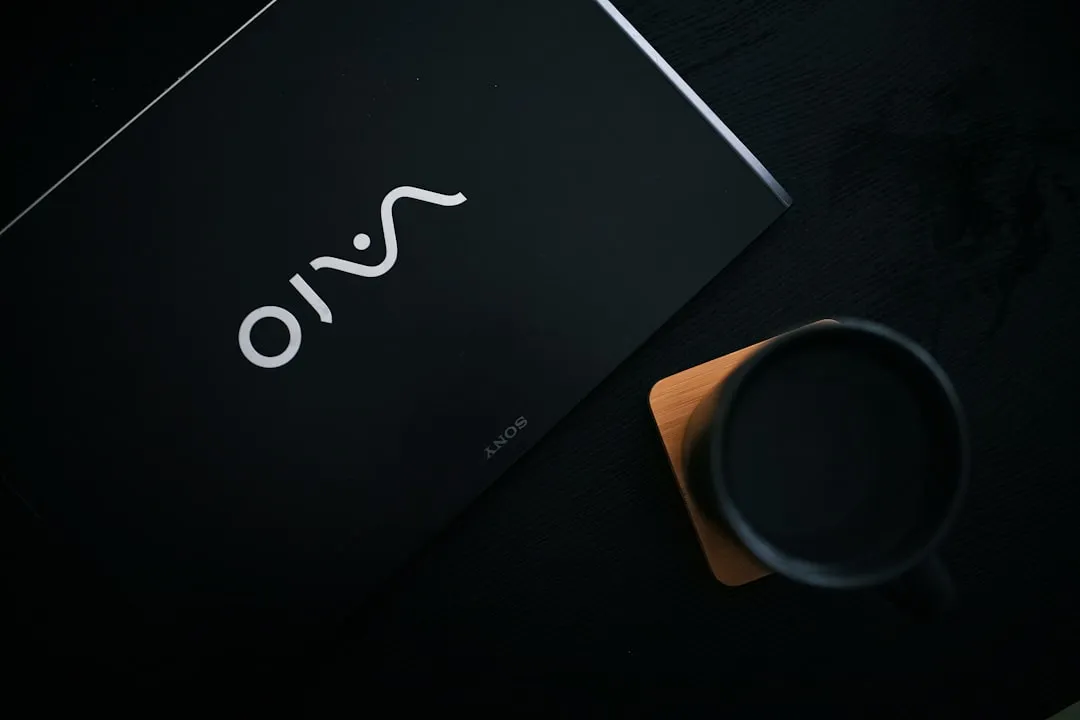
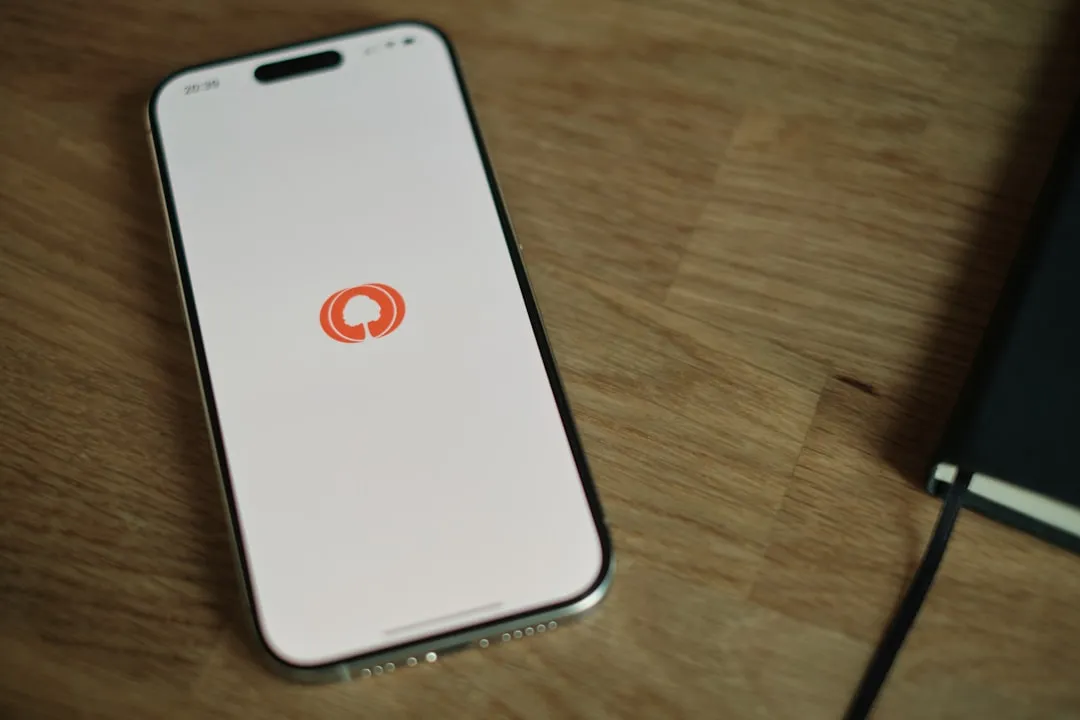

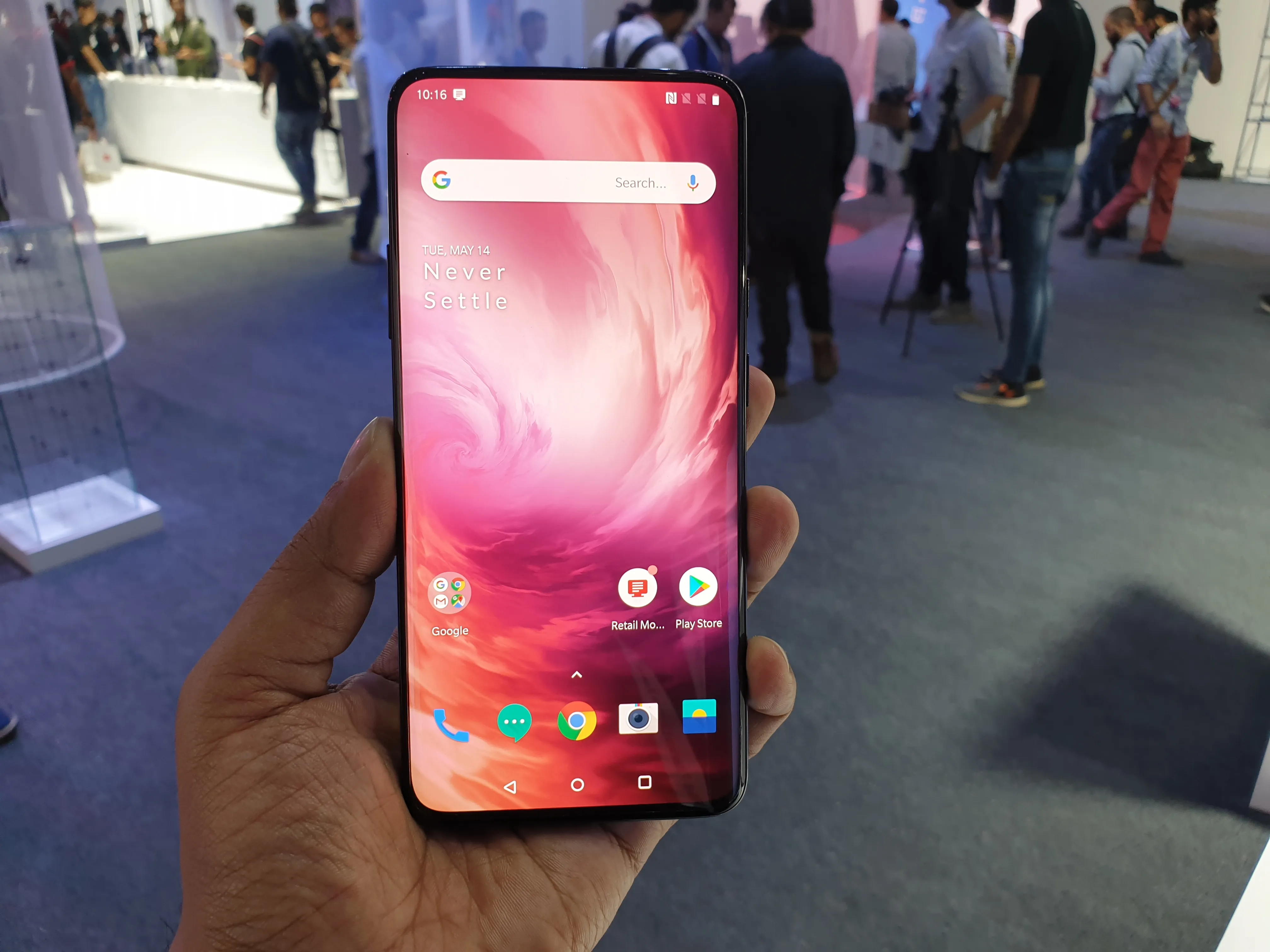
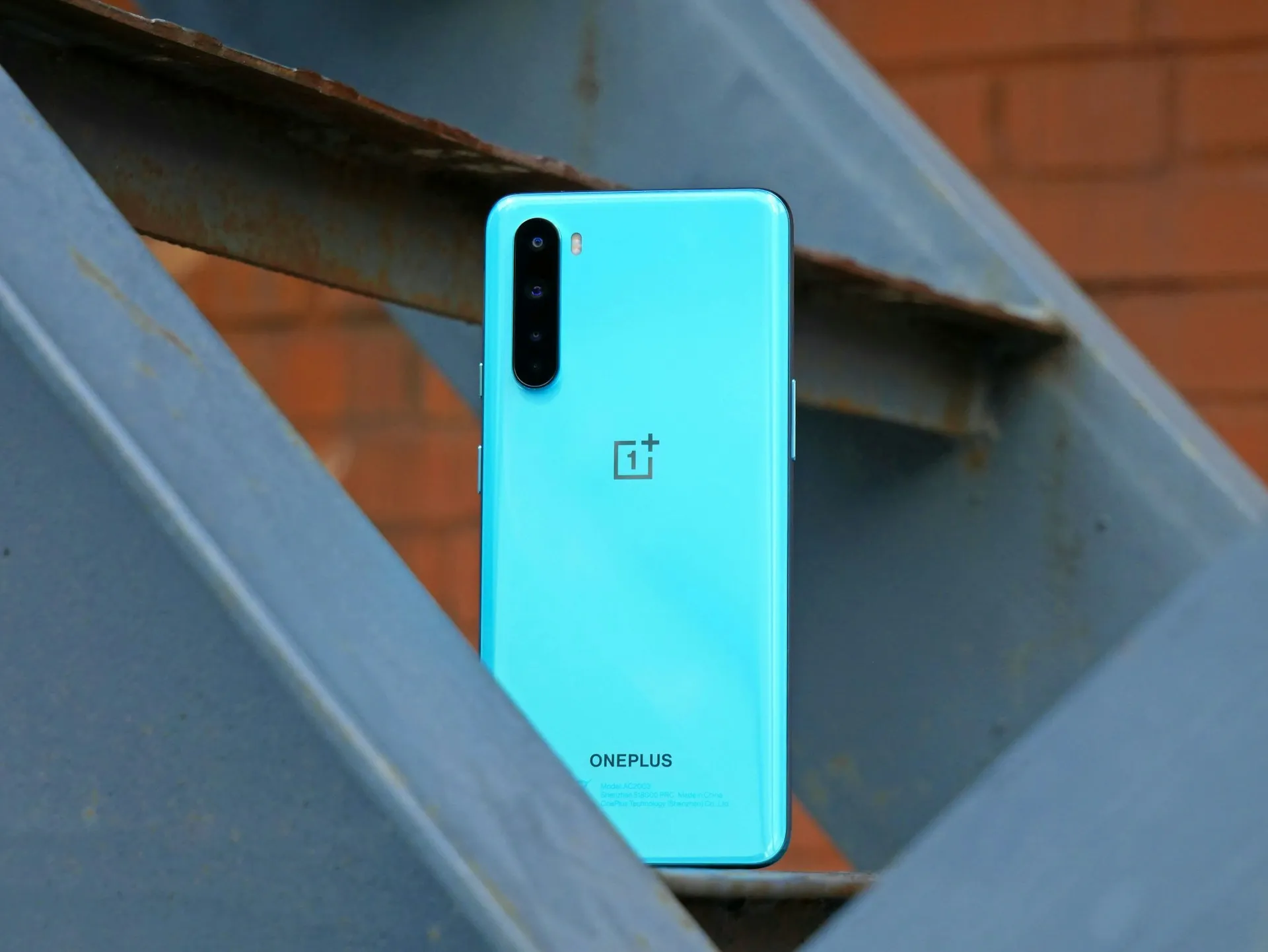

Comments
Be the first, drop a comment!